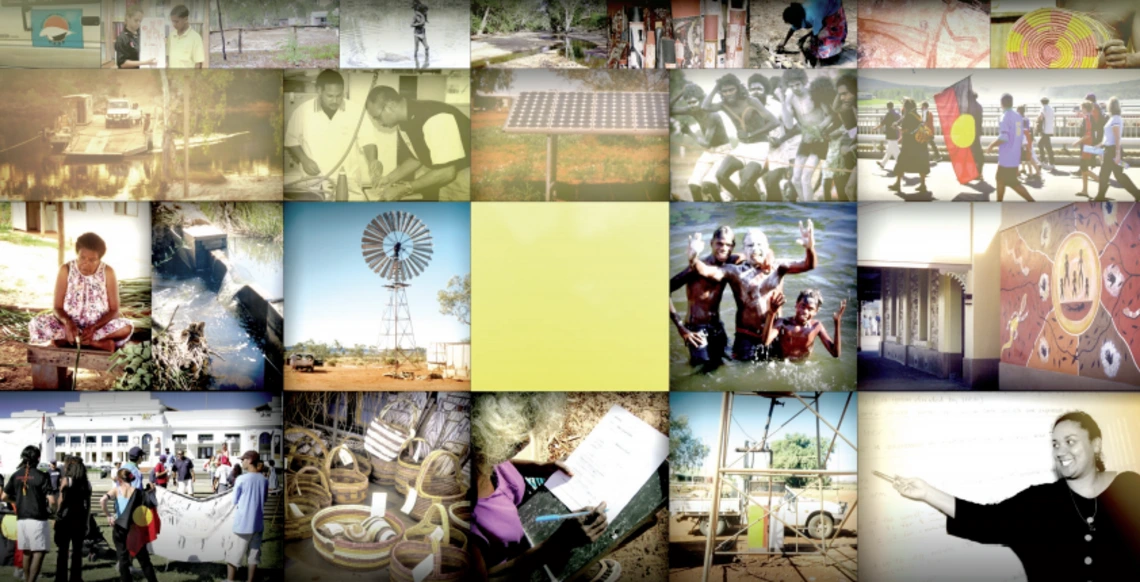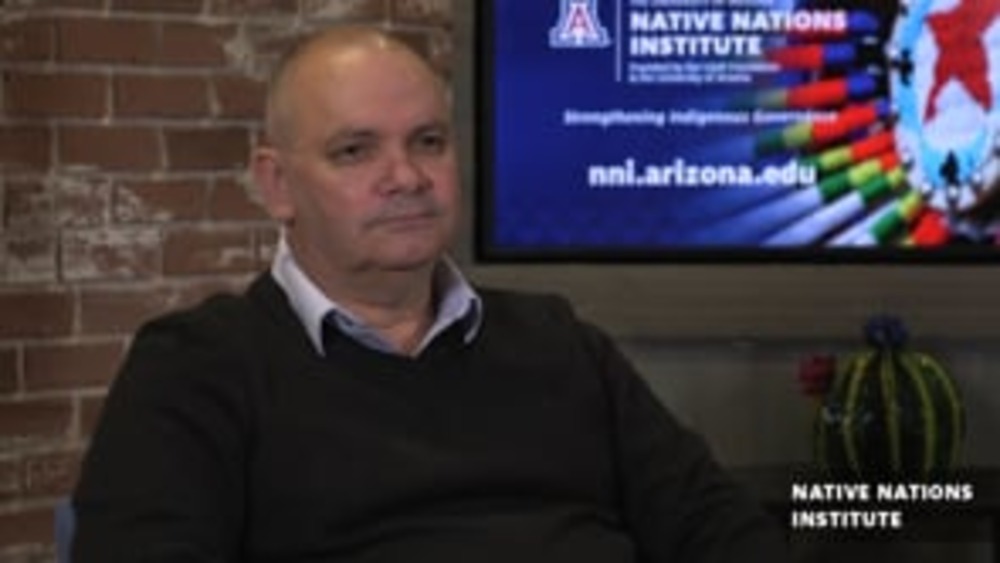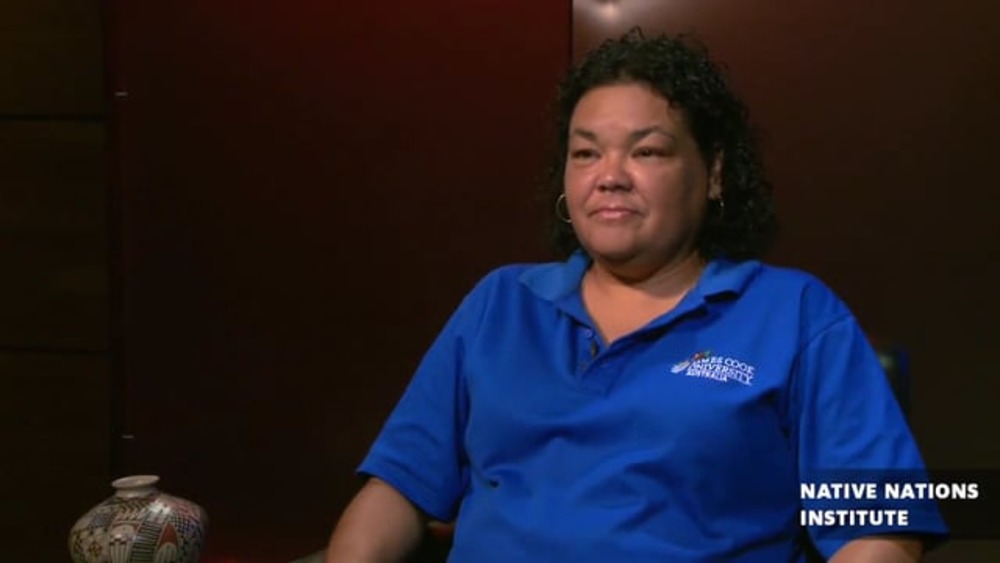This paper attempts to identify the key challenges facing Indigenous people and governments in reshaping the architecture of Indigenous governance in the Northern Territory of Australia, and considers some strategic options for a way forward. First, a brief historical background is provided to Indigenous governance and local government in the Northern Territory. It examines why the issue of Indigenous governance has become a focus for greater policy and public attention recently, and highlights the implications of historical and current policy changes for future governance arrangements.
In the second part of the paper, more detailed attention is given to identifying and analyzing the current challenges and issues that are influencing efforts to reshape Indigenous governance in the Northern Territory. The extent to which current initiatives address the broader attributes of strong governance is canvassed, and the solutions and processes involved are also examined. The key issues analyzed include:
- the state of community government;
- the regionalization of governance and service delivery;
- the quest to establish a cultural match or process for governance;
- the implications of Indigenous political aspirations and land rights for governance;
- the suitability of the Local Government Act for future governance options;
- the extent and role of governance education and capacity; and
- the vexed issues of government funding and coordination.
It is timely for the Northern Territory Government to comprehensively re-examine the suitability of current legislative, funding, development and training frameworks for Indigenous governance, and how these might be reformed to better support Indigenous initiatives to reshape governance. A number of options in these areas are canvassed.
Additional Information
Smith, D.E. "From Gove to Governance: Reshaping Indigenous Governance in the Northern Territory." Discussion Paper No. 265/2004, Centre for Aboriginal Economic Policy Research, Australian National University, Canberra, Australia. 2004. Paper.




